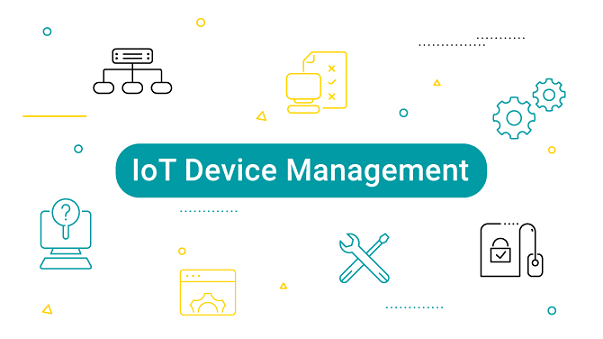Revolutionizing the Future with Remote Access and Management of IoT Devices
In the digital era, the significance of Internet of Things (IoT) devices is rising exponentially. These devices have seamlessly integrated into our daily lives, offering unmatched convenience and efficiency. Their omnipresence in our fast-paced world signifies their indispensability. This article portrays a world increasingly dependent on IoT, emphasizing their transformative impact on lifestyle and work. It's an exploration of the symbiotic relationship between humans and technology, where the latter has become an essential life component. Join us on this enlightening journey into the captivating world of IoT.

Section 1: Understanding IoT Devices
IoT devices are smart gadgets that connect to the internet and share data. They range from everyday household items like refrigerators and thermostats to industrial tools in manufacturing plants. These devices work by collecting data through sensors, processing it, and then sharing it over the internet. This data can then be analyzed and used in various applications across different industries, including healthcare, agriculture, and manufacturing, to name a few.
Section 2: The Concept of Remote Access
Remote access refers to the ability to access and control a device or a system from a distance. In the context of IoT, remote access means being able to access and control IoT devices from anywhere in the world. This offers numerous benefits, such as the ability to monitor and adjust settings on the device in real-time, troubleshoot issues without being physically present, and gather data for analysis.
Section 3: Remote Access to Raspberry Pi and Other IoT Devices
Gaining remote access IoT devices like remote access Raspberry Pi involves a few steps. First, the device needs to be connected to the internet. Next, a secure connection needs to be established between the device and the user. This can be done using various protocols and software. Once the connection is established, the user can then access and manage the device remotely.
Section 4: The Role of SSH in Remote IoT Device Management
Secure Shell (SSH) plays a crucial role in remote ssh iot device management. SSH is a cryptographic network protocol that allows for secure remote login from one computer to another. It provides a secure way to access and control IoT devices remotely. With SSH, users can execute commands, manage files, and perform other administrative tasks on their IoT devices from anywhere in the world.
Section 5: Challenges and Solutions in Remote IoT Device Management
Remote IoT device management comes with its own set of challenges. These include security concerns, network connectivity issues, and the complexity of managing a large number of devices. However, solutions to these challenges are available. For instance, using secure protocols like SSH can address security concerns. Network connectivity issues can be mitigated by using reliable internet service providers and backup connections. Lastly, the complexity of managing multiple devices can be handled by using RemoteIoT management platforms that provide a centralized interface for managing all devices.

Conclusion
The importance of remote access and management in the Internet of Things (IoT) landscape is immense. As the reliance on these devices intensifies, the need for their remote operation and oversight becomes increasingly crucial. Looking ahead, the potential that this technology holds is vast, unlocking a plethora of possibilities yet to be fully discovered. This highlights the transformative influence of IoT, molding not just the present but also charting the course for the future. The march towards a more interconnected and efficient world is in full swing, with remote access and management of IoT devices at the forefront. This evolution is not just about technology; it's about how everyone lives and work, and how everyone interacts with the world around us. It's a testament to human ingenuity and the endless possibilities that lie ahead.
